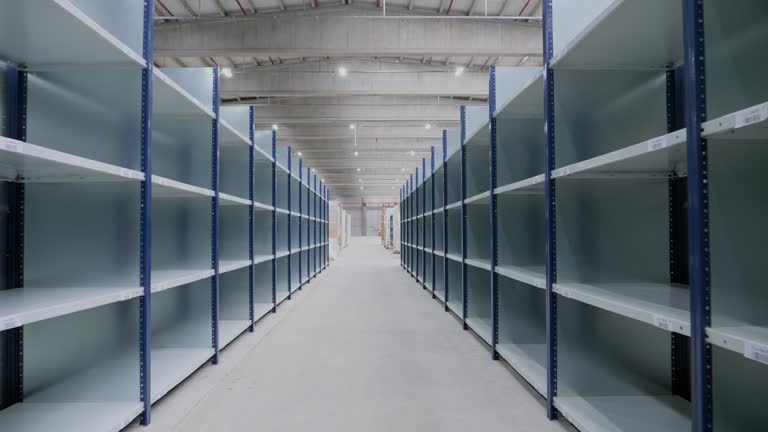

Tariffs, fuel costs, and regional shortages are driving up material prices in 2025. Learn what’s behind the swings—and how tools like TRAKKER and Ruck delivery can help you stay ahead.
If you've felt like prices are all over the place this year — you're not alone. From lumber and concrete to drywall and insulation, the cost of building materials in 2025 continues to fluctuate, often without much warning. And while demand is high in many areas, the supply chain is still feeling aftershocks from global disruptions, fuel prices, and regional availability.
As of June, new tariffs and increased input costs have only added more pressure. For contractors, staying on top of material costs isn’t just a budgeting task — it’s a survival skill.
1. Tariffs on Key Materials
In early June, federal tariffs on steel and aluminum imports jumped to 50%. That’s driving up prices across the board — not just for framing and structural steel, but for fasteners, hardware, and even metal-based insulation systems.
2. Fuel and Transportation Costs
Fuel prices remain high across much of the West, and driver shortages in some regions are making deliveries more expensive. Even if your supplier has inventory, getting it to your jobsite might be the costliest part of the process.
3. Regional Shortages
Certain materials — like rebar, high-performance insulation, and treated lumber — are in short supply in mountain and rural zones. The same item can cost 15–30% more just because of your ZIP code.
4. Global Market Shifts
Ongoing shipping slowdowns and shifts in global trade policy continue to affect availability of core raw materials. Contractors working with international vendors or specialty products are seeing the biggest ripple effects.
✅ 1. Get Multiple Quotes
Don’t assume your usual supplier has the best rate. Getting a fast quote through Ruck gives you visibility on alternative pricing — especially helpful when one vendor gets hit by a local spike.
✅ 2. Watch Pricing Trends with the TRAKKER App
Ruck’s free TRAKKER app helps contractors track local pricing patterns in real time. If you’re building in multiple counties or juggling suppliers, you can spot shifts before they impact your margins.
✅ 3. Use Local Pickup & Delivery Services
Sometimes the material is nearby — but pulling your crew to get it costs more than the product. Ruck handles fast local pickups and deliveries so you stay on schedule without burning labor hours.
✅ 4. Build in Contingency
With input costs still climbing (up 1.3% YoY as of May), it’s smart to buffer your bids for potential swings, especially for metals, concrete, or insulation.
The construction materials market in 2025 is shifting fast — with new tariffs, regional shortages, and freight volatility all playing a role. But tools like TRAKKER and same-day delivery from Ruck give you the flexibility to respond in real time and protect your margins.
Need help navigating a tough price swing? Or just want a quick quote before you commit?
Reach out to Ruck — we’ve got your back.